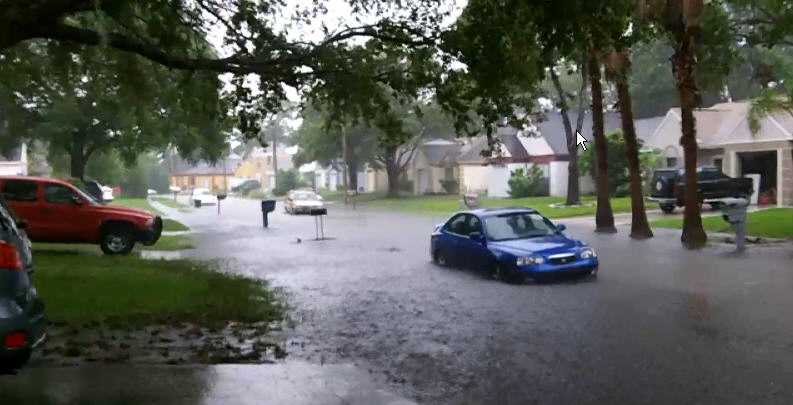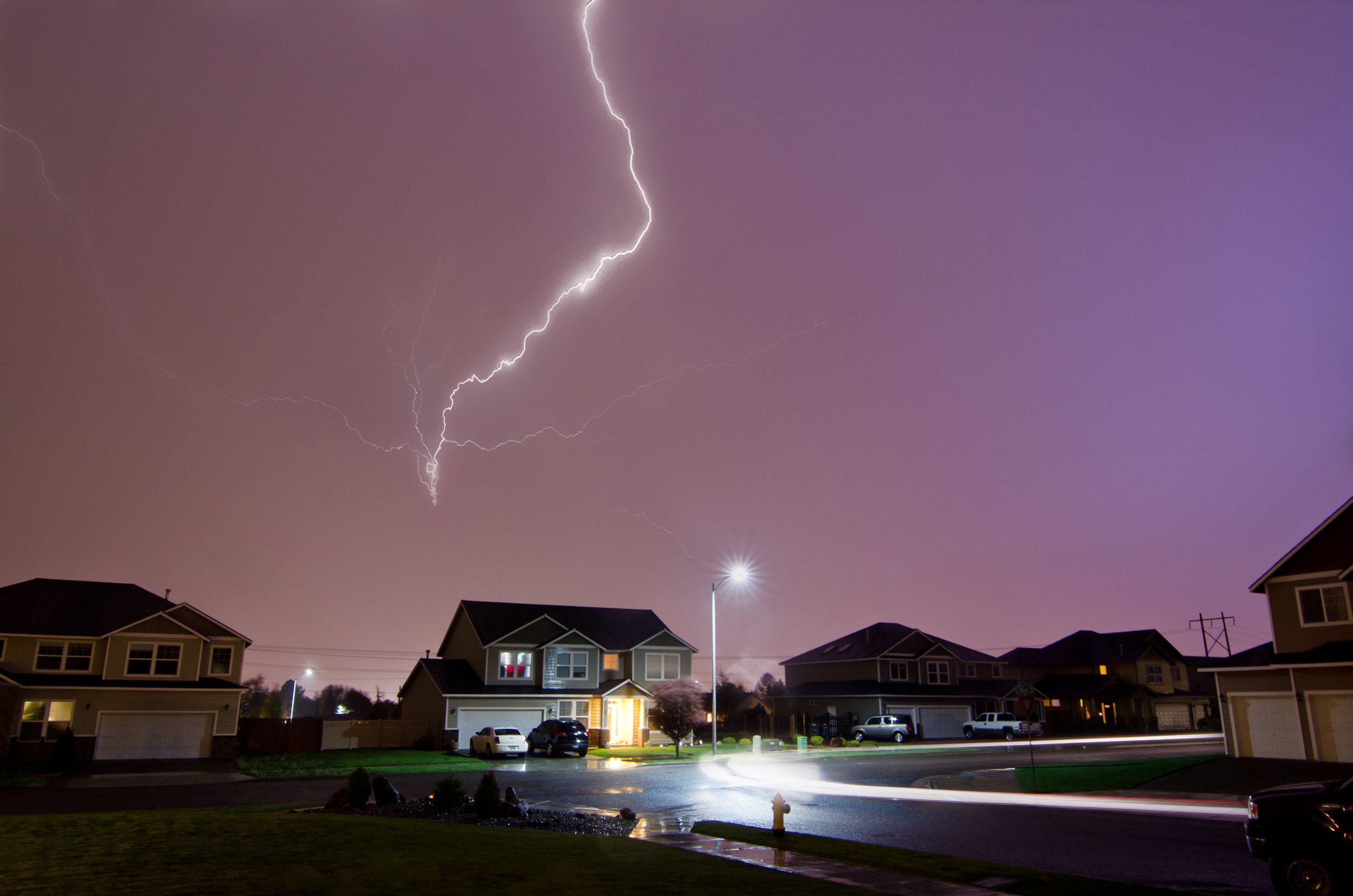Flood insurance is a special kind of insurance that provides coverage against loss of property due to flooding. A recent published study has found that that only 20% of American homes at risk of floods are covered by the flood insurance. In addition, according to NIAC (National Association of Insurance Commissioners) more than 33% of American households still hold the false belief that the flood damage is covered by the standard homeowners policy.
The stats clearly show that most people are not aware about the need for flood insurance despite residing in high to medium risk flood areas. In this article, we will provide in-depth information about various kinds of flood insurance, and why you should purchase one for your home.

Exploring the Different Types of Flood Insurance
Flood insurance policies differ according to the coverage required by the property owner. A basic flood insurance policy will provide standard coverage from property damage due to flooding. The more extensive type will provide coverage for valuables that are damaged or lost due to flooding. The four most common types of flood insurance coverage include the following.
a. Building Structure Coverage
The building structure coverage provides coverage against damage to the building from overflowing streams and rivers, flash floods, and coastal flooding due to storms and hurricanes. The insurance policy typically covers a maximum of $250,000 in repair costs of the insured property. It provides coverage for damage to the structural foundation, HVAC system, plumbing, dishwashers, stoves, carpeting, insulation, wallboard paneling, built-in bookshelves, detached garages, and window blinds. The flood insurance policy also covers costs incurred in removal of flood debris from the insured property.
The building structure policy may cost around $500 to $5,000 depending on the extent of the required flood coverage. Apart from the building structure, the flood insurance plan may also cover properties adjoining the building such as attached storage facility, garage, patio decks, and Gazebos.
b. Personal Property Coverage
Personal property coverage can be bought separately or as an extra-cost option to the building structure insurance. The insurance policy provides coverage of up to $100,000 to replace or repair personal properties such as clothing, consumer electronics, home furnishings, curtains, kitchen appliances, cloth washers and other items. It also provides coverage to the extent of $2,000 on valuables such as artwork and jewelry items.
c. Legal Liability Coverage
Legal liability coverage provides protection against legal claims for injury caused on the policyholder’s property. The policy offers financial coverage for expenses incurred from the ensuing lawsuit.
d. Temporary Shelter Coverage
A flood insurance can also provide coverage for expense incurred in living in a new temporary place other than the individual’s’ property. This happens if the property becomes unfit or uninhabitable due to flooding.
Do I Need a Flood Insurance Policy?
Obtaining a flood insurance policy is a legal obligation for individuals or corporate firms that have obtained mortgage loans from federally insured or regulated lenders. Although, the policy is not mandatory for individuals or firms that reside in moderate-to-low risk flood area, but it is strongly recommended that they obtain one to ensure complete protection against floods.
The flood insurance policy can be obtained from a private flood insurance company or a representative firm of NIFP (National Flood Insurance Program). The premium of the flood insurance policy differs according to the flood risk factor and extent of flood insurance coverage. You may also qualify for an insurance premium discount of up to 45% in high risk areas and 10% in moderate risk areas if your community participates in Community Rating System (CRS). If you are in South Florida and have been a victim of water damage due to a flood call Liberty Extraction & Drying for immediate assistance.











